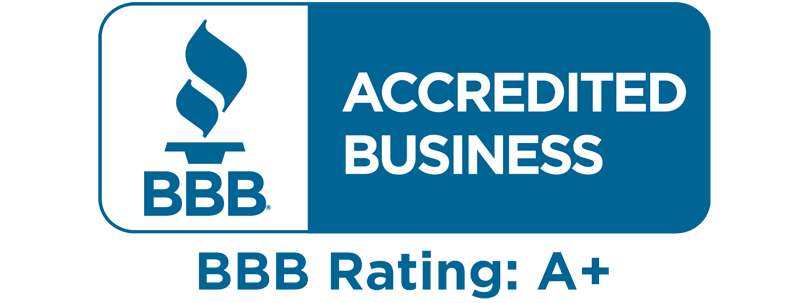It’s easy to overlook your roof, but this part of your home deserves regular care and attention. If your roof isn’t in good condition, it can lead to water damage. What starts as a small leak can lead to mold, mildew, fire and electrical hazards, and serious ceiling damage. Watch for these roofing issues to prevent major water damage causes.
Damaged Shingles
Damaged shingles diminish the integrity and effectiveness of your roof. You may experience leaks because of shingles that are:
- Curling.
- Buckled.
- Broken.
- Cracked.
- Losing their granulation.
Damaged shingles are especially problematic when they occur at a low point on the roof. Water tends to pool in these valleys, which increases the likelihood that moisture will get into the home and cause mold to form.
Cracked Flashing
The metal strips covering the seams and edges of your roof are known as flashing. You’ll find flashing around chimneys, lining valleys, and running along any unusual edges. Flashing is meant to protect some of the most vulnerable parts of your roof. However, if the flashing is cracked, it can let moisture into delicate areas. The moisture can damage your roof’s underlayment and ultimately cause a leak that lets water right into your home. Temperature changes, harsh winters, and extreme weather can all damage your flashing.
Poorly Sized Underlayment
The underlayment beneath your roof should help keep moisture out. However, if your home doesn’t have the right material or the underlayment isn’t properly sized, you may have exposed areas that make it easier for water to get in. Underlayment expands in warm weather and contracts when it’s cold, so it’s important to plan for your climate. Materials that fit just right in summer can shrink to a point where they’re no longer effective when winter comes. Add the threat of ice and snow running along your roof’s valleys, and you have the perfect recipe for a leak.
Unnoticed Holes
It’s easy to spot a large hole in your roof, but small holes can cause serious water damage as well. Any time you remove something from the roof, like HVAC equipment, an antenna, a satellite dish, or rooftop decorations, you should take care to ensure that all holes are properly patched. Take the weather and climate into consideration when you’re deciding how to patch the roof and make sure your methods can stand up to the elements.
Clogged Gutters
If the gutters running along your roof aren’t clean and free-flowing, you could suffer from water damage that goes beyond your ceiling. Gutters that dump water along the side of the house can cause damage to your walls or foundation. That water may also seep through the ground and flood your basement. Clean your gutters at least once a year to keep them in good shape.
A damaged roof and water damage go hand-in-hand. Add regular roof inspections to your home maintenance routine to keep your house as sound as possible. If you do suffer from water damage, take swift action to address the problem. Professional water mitigation services can help you properly dry your home if you’ve had leaks and prevent any further hazards.








